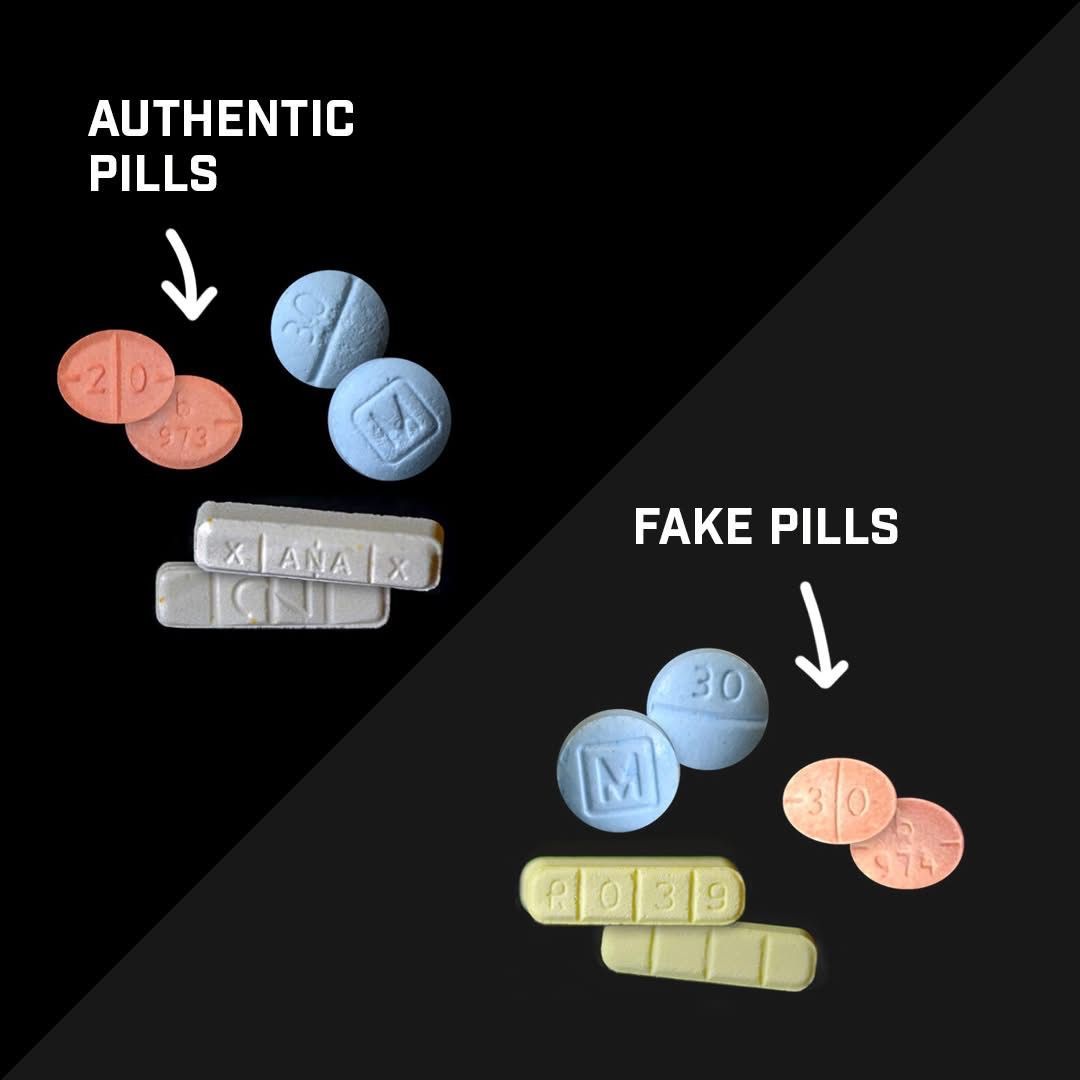ILLICIT FENTANYL
The New Silent Killer
Fentanyl
Fentanyl is a powerful synthetic opioid, approximately 100 times more potent than morphine and 50 times more potent than heroin. It is legally prescribed for severe pain management, such as in cancer treatment or post-surgical recovery. However, illicitly manufactured fentanyl has become a major contributor to the opioid crisis, often mixed with other drugs without users’ knowledge, leading to a significant increase in overdose deaths.
Prescription Fentanyl
Prescription fentanyl is a synthetic opioid created in 1960 to manage severe pain, such as for cancer patients or post-surgical recovery. It is 50-100 times stronger than morphine and is only prescribed for individuals already tolerant to opioids.
Why Was It Created?
Fentanyl was developed to address extreme pain that other medications couldn’t relieve. Its rapid onset and potency make it effective for chronic and breakthrough pain.
Forms and Use:
It comes in patches, lozenges, injections, and nasal sprays, all carefully prescribed and monitored due to its high addiction and overdose risk.
Risks:
Fentanyl’s strength makes misuse dangerous. Improper use can cause respiratory failure or death, emphasizing the need for strict medical supervision.
Illicit Fentanyl
Illicit fentanyl is an illegally manufactured synthetic opioid that is much stronger than heroin and morphine. It is often mixed with other drugs, like cocaine, marijuana and illicit pressed pills, without the user’s knowledge, leading to a high risk of overdose.
Why Does It Exist?
Illicit fentanyl is cheap and easy to produce, making it a profitable option for drug traffickers. Its potency allows small amounts to generate significant effects, but even tiny doses can be lethal.
How Is It Used?
Illicit fentanyl is sold as a powder, pressed into pills resembling prescription medications, or mixed with other substances. Many users don’t realize fentanyl is present, dramatically increasing the danger.
Risks:
2 milligrams of fentanyl—a few grains of salt—can be fatal. Its unpredictable presence in street drugs has fueled a surge in overdose deaths worldwide.

The rise of fentanyl has made it increasingly difficult to tell the difference between authentic prescription medications and counterfeit pills. Many counterfeit pills, like the ones shown here, are made to look almost identical to legitimate prescription medications such as the M30 Oxycontin. The reality is, these counterfeit pills are often laced with fentanyl, which significantly increases the risk of overdose.
Jayla's Voice; understands how challenging it can be to distinguish between the two, especially when the differences are subtle and often undetectable to the untrained eye. Here, we’ve provided images of both authentic and counterfeit pills to help raise awareness of how similar they can look.
As the fentanyl crisis continues to worsen, more and more counterfeit pills are flooding the streets, even counterfeit gummies are being manufactured and laced, and more lives at risk! It’s crucial to stay informed and vigilant. We encourage all to know what to look for, and equip yourself with Narcan-add to your first aid kit, it could mean the difference between life and death.
Understanding the Fentanyl Crisis
Over 70,000
In 2021, more than 70,000 overdose deaths in the U.S. involved synthetic opioids like fentanyl, highlighting the severity of the crisis.
60%
Around 60% of counterfeit pills sold on the black market contain fentanyl often without buyers knowledge. This increases
94%
In 2020, 94% of fentanyl-related deaths involved other substances, indicating the dangerous combinations that often occur.
2 mg
As little as 2 mg of fentanyl can be lethal, emphasizing the extreme potency of this substance and the risks associated with its use.
Hidden in Plain Sight
A Drug Dealers Deception
According to the DEA, 5 out of 10 counterfeit pills sold on the street today are laced with or contain illicit fentanyl, making them highly dangerous and potentially deadly. What makes this even more concerning is that drug dealers are using emojis to disguise their messages, hiding the true nature of what they’re selling. In our trainings, this DEA Emoji Drug Code information is shared with our trainees in order to raise awareness and help recognize the signs.